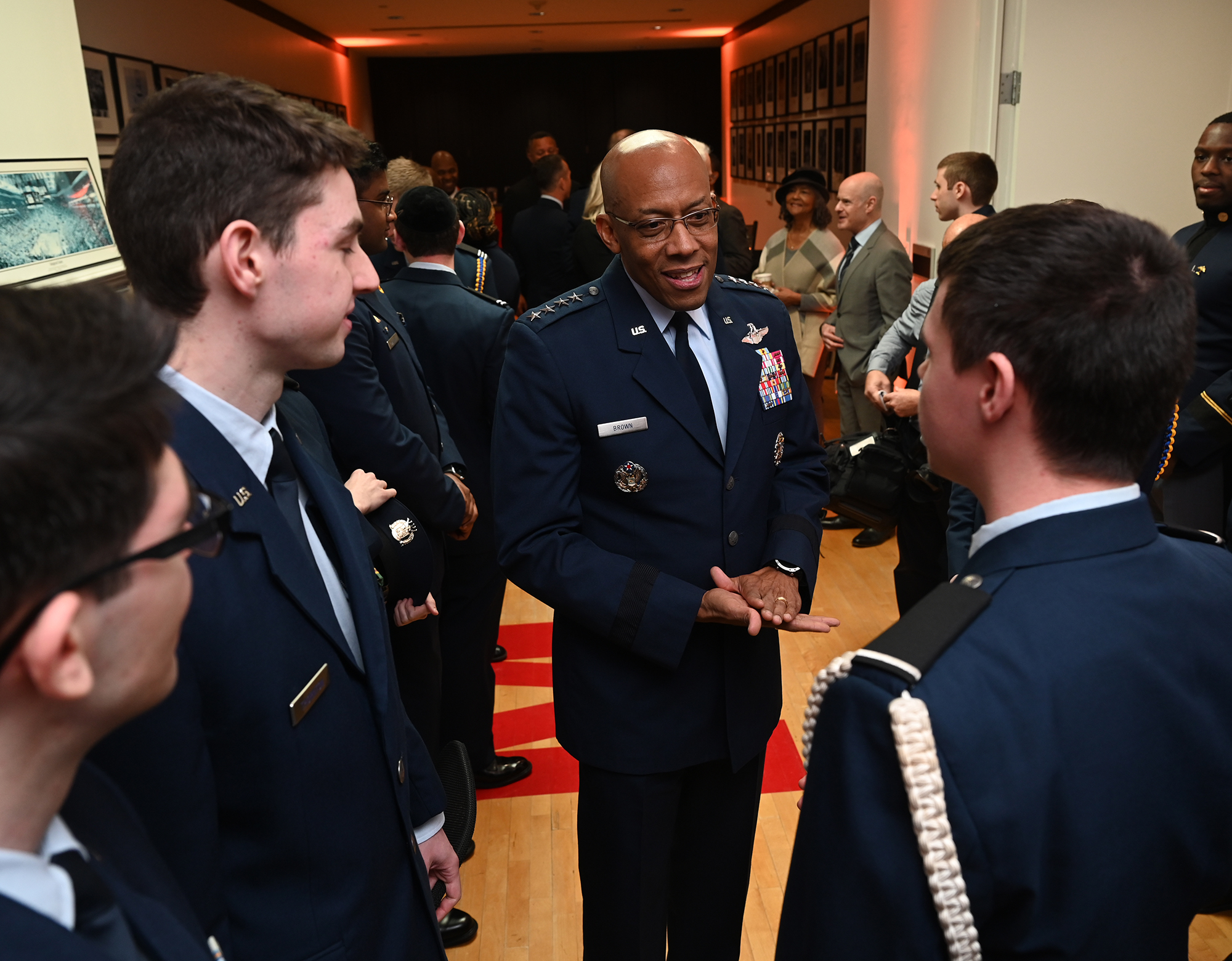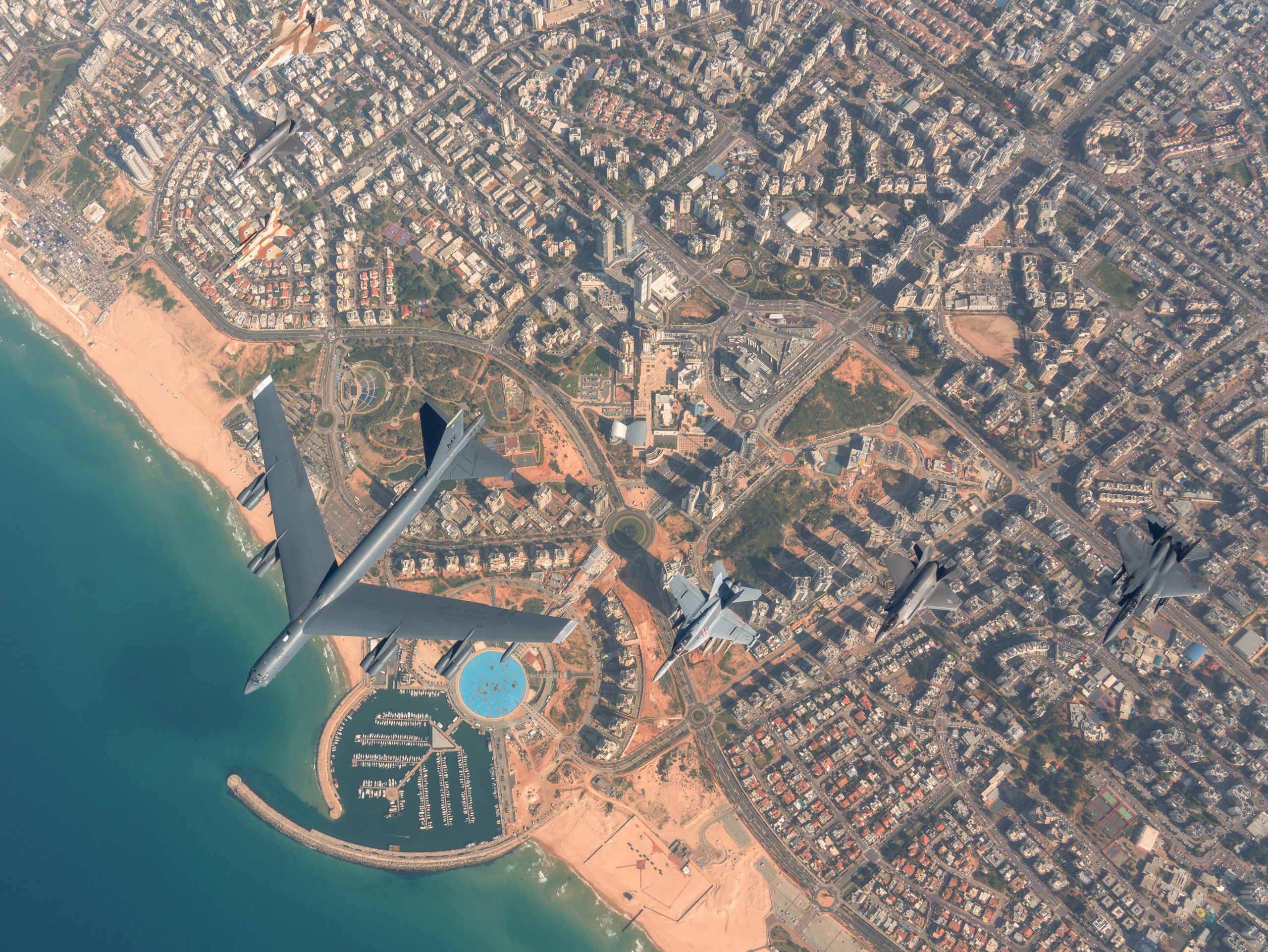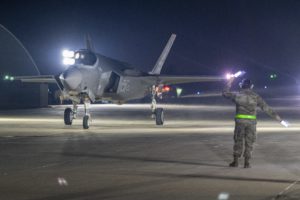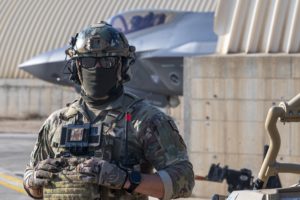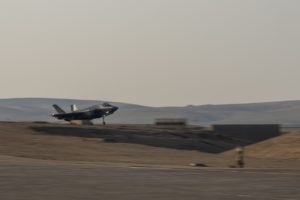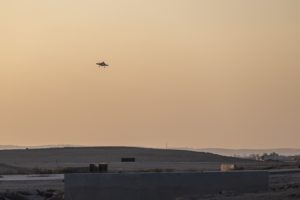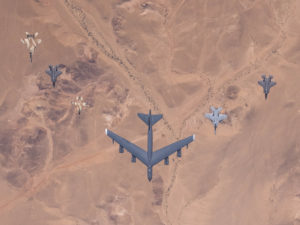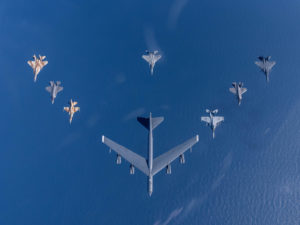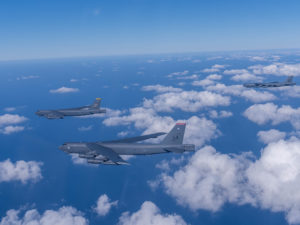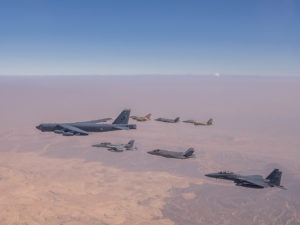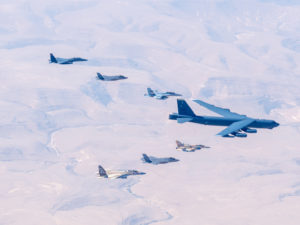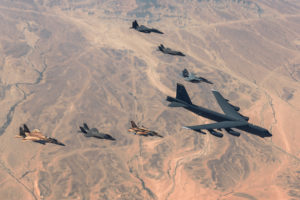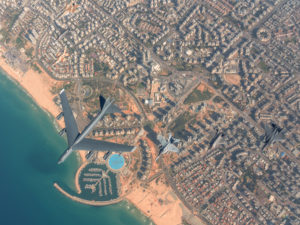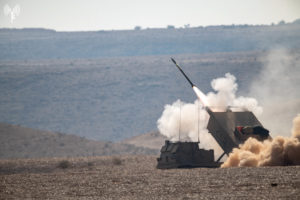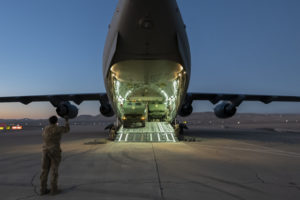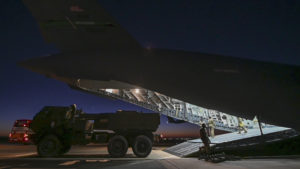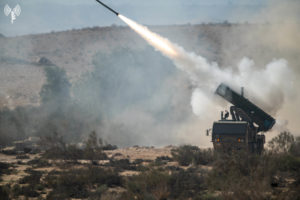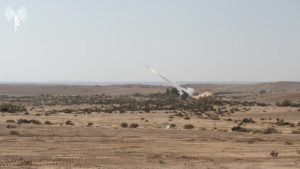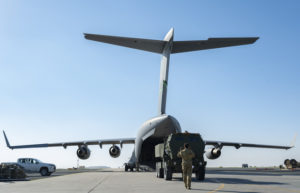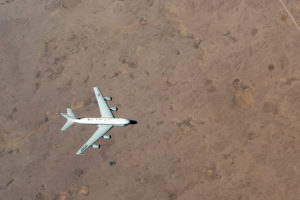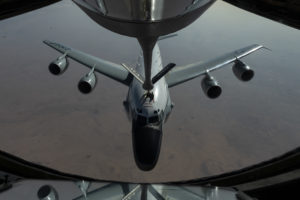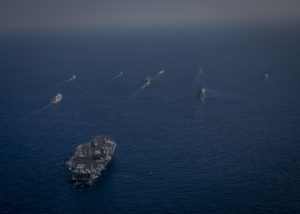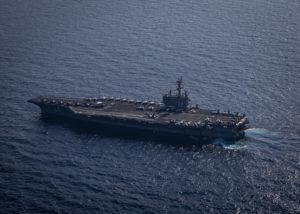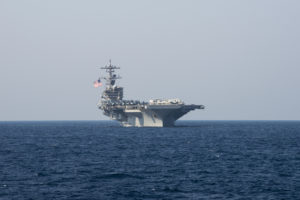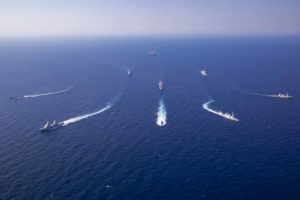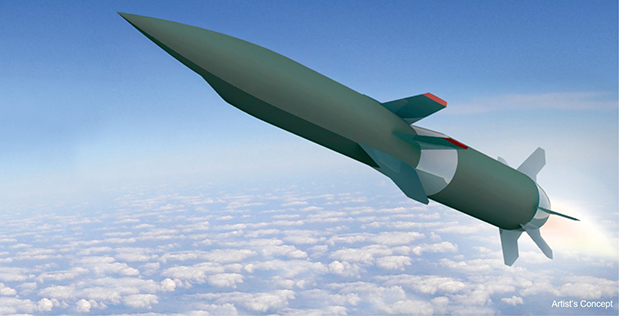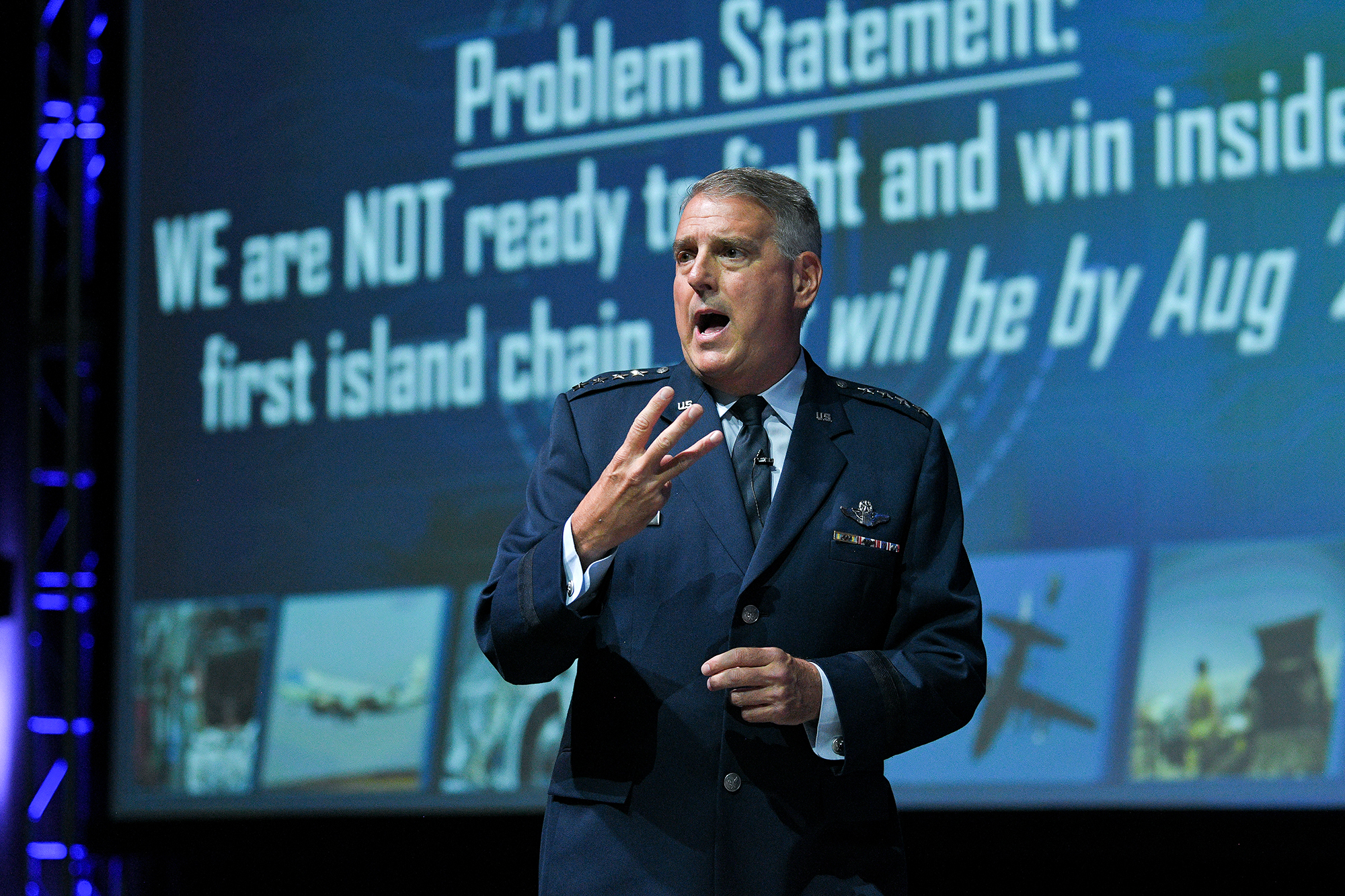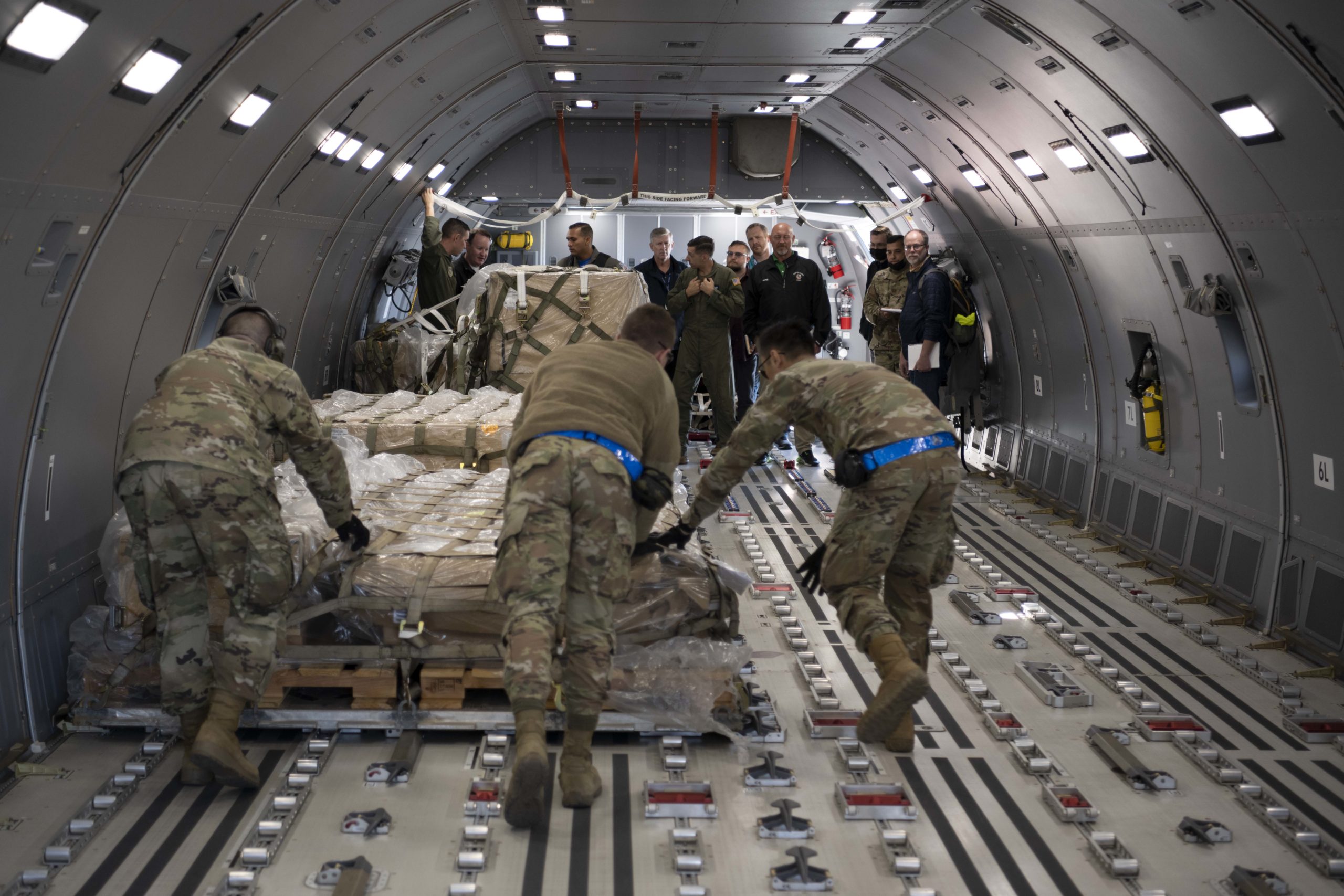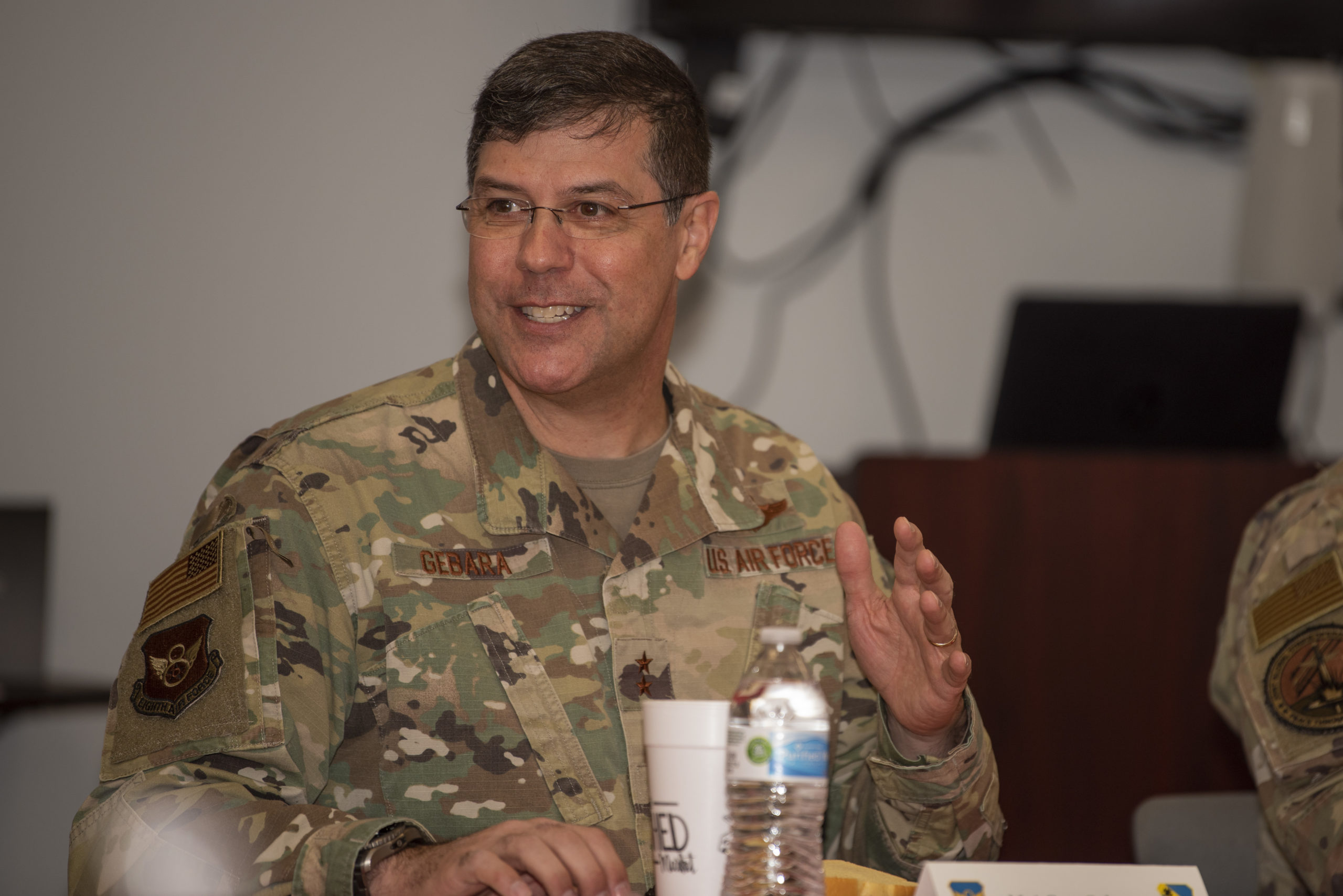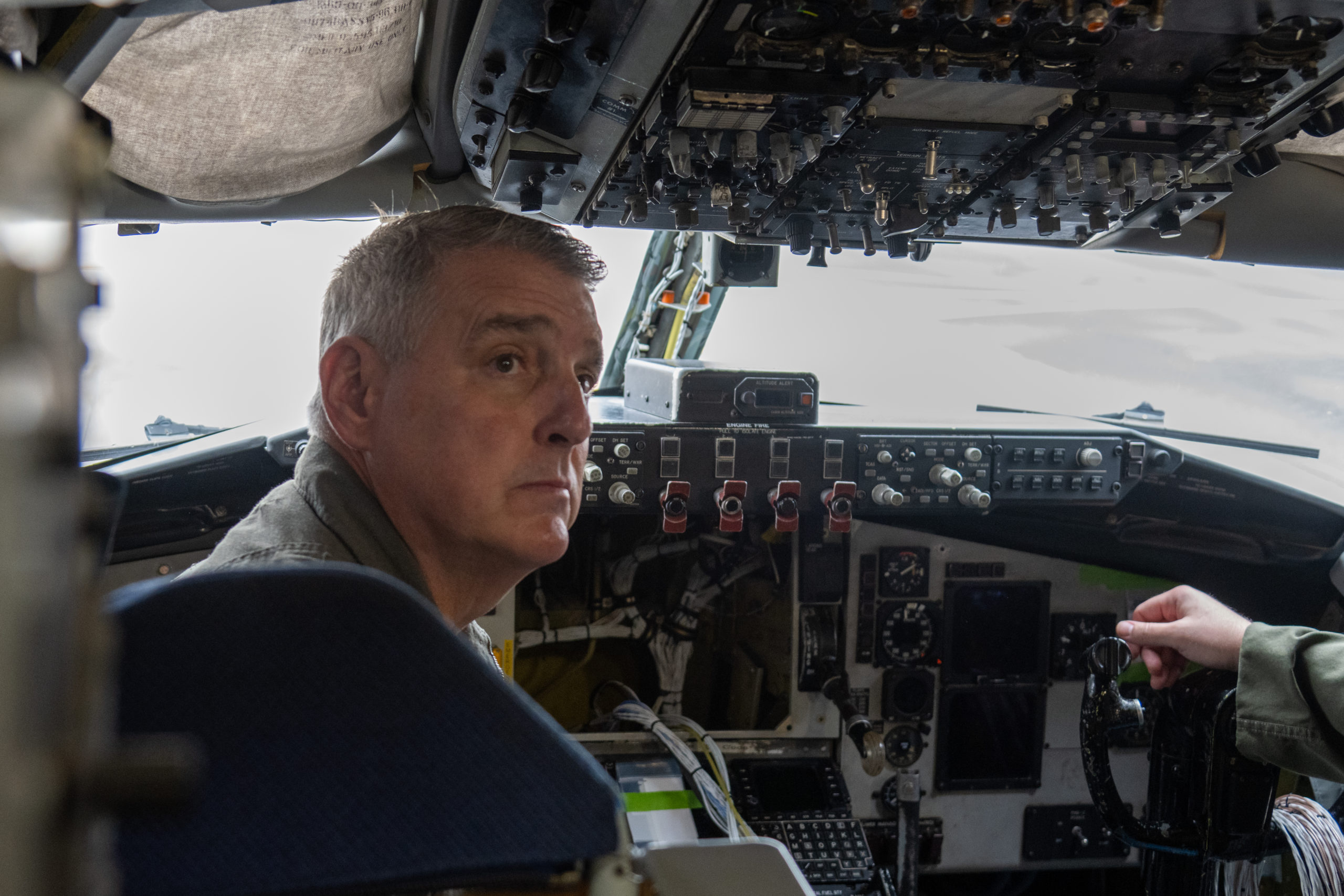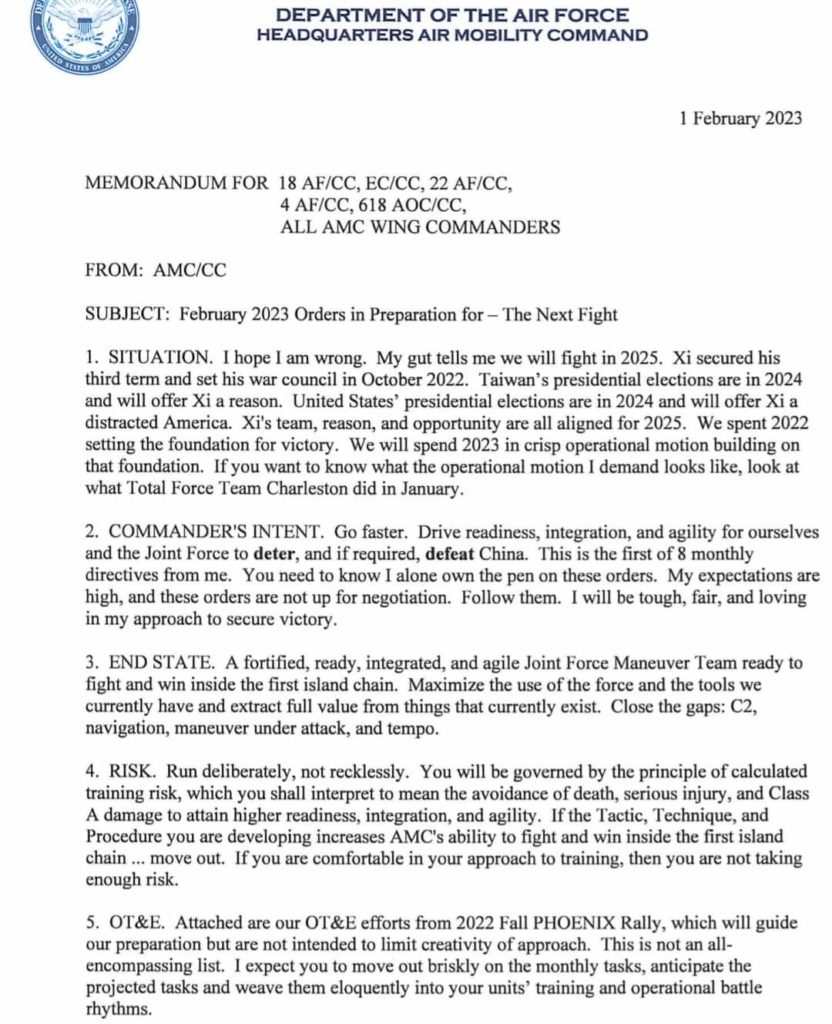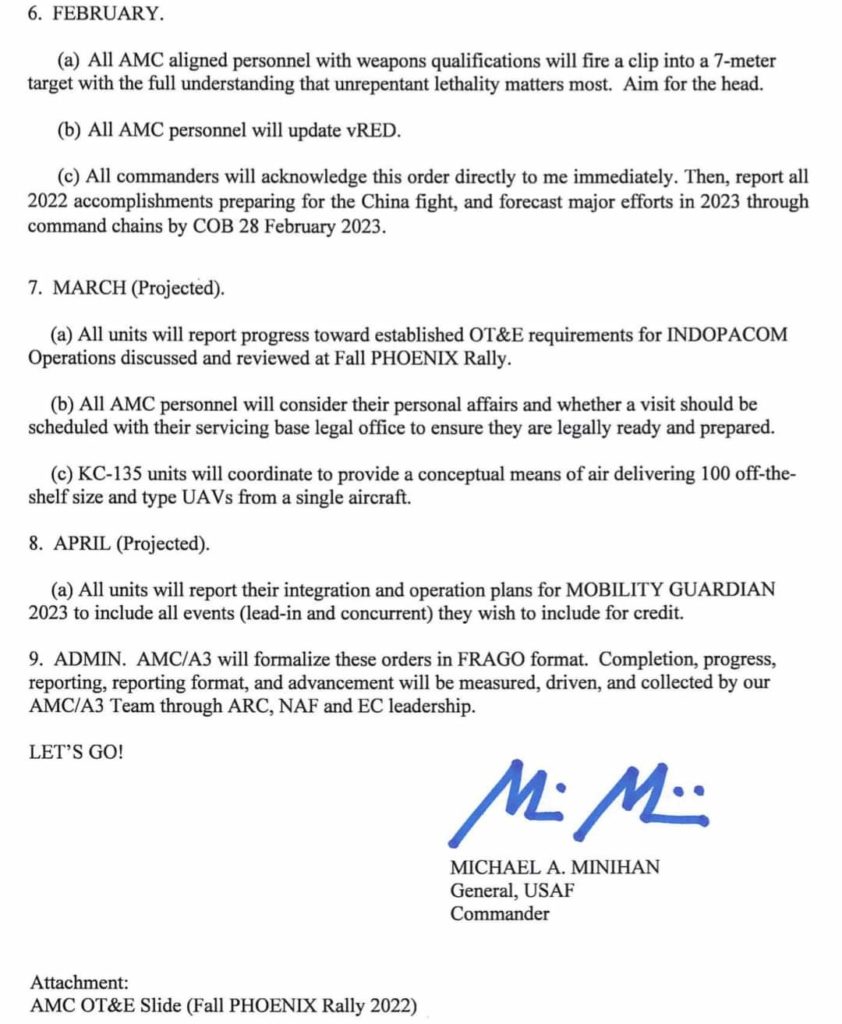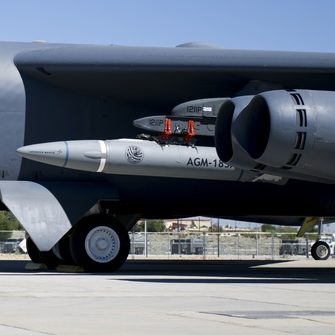The Space Force must transition from delivering behind-the-scenes support to playing a more active role in which space capabilities are continuously tested and contested—and it must do so in as short a time as possible, said Chief of Space Operations Gen. B. Chance Saltzman in a weekend address to Air & Space Forces Association field leaders.
“We’re in a race to build combat credibility before we’re put to the test,” he said. “From the competition phase through crisis and conflict, the Space Force is a critical element of the joint force and plays a vital role in integrated deterrence. … We have a responsibility to secure the space domain to defend U.S. service members in harm’s way. We must contest to control the space domain, or else those service members will be at unacceptable risk of attack.”
Adversaries are posing threats to U.S. capabilities in space but also leveraging commercial space capabilities against America and its allies, Saltzman said.
“Did you know that the Iranians were using commercial space based ISR to help with the targeting and the missile attack they conducted against U.S. bases in Iraq?” Saltzman said.
Last week, the U.S. Treasury Department sanctioned a Chinese firm for providing space-based radar imagery to the Wagner group, the Russian mercenary force that has recently increased its operations in Ukraine. Changsha Tianyi Space Science and Technology Research Institute Co., also called Spacety China, have provided Terra Tech synthetic aperture radar satellite imagery to Wagner for locations in Ukraine.
“The takeaway is that, going forward, the joint force is going to have to think through what operating under persistent ISR it looks like,” Saltzman said. The Space Force must be able to challenge those capabilities, he added, “to find ways to protect the joint force from this space-enabled attack.”
Saltzman’s primary focus since becoming CSO has been operationalizing the Space Force, focusing more on threats, threat response, and countering adversary actions. This, he said, is a continuous process.
“There’s no magic day in the future when we declare, ‘We’ve arrived, we’re ready to respond,’” he said. “It’s a spectrum of readiness that begins today. And every day that goes by, we will improve our ability.”
Lines of Effort
Saltzman defined three lines of effort recently in his first three “C-Notes.” These direct communications to all members of the Space Force, both military and civilian, are inspired by another young service chief from a different time and domain—Navy Adm. Elmo R. Zumwalt Jr., who became Chief of Naval Operations on July 1, 1970, almost a year to the day after Saltzman was born, wrote a series of 121 direct communications with Navy personnel over his four years as CNO. Known as “Z-grams,” he used these notes to build trust and understanding in Navy leadership and to open a dialog with Sailors.
Saltzman’s intial C-Notes—short for CSO notes—aren’t as specific as many of Zumwalt’s Z-grams, many of which initiated significant policy directives on everything from leave regulations to race relations, but they do open up his view of issues Guardians are talking about and wrestling with daily.
“First and foremost, we must field resilient, ready, combat-credible forces,” he said Jan. 28. “Each of these descriptors is important and must be clearly understood. A resilient force is one that can withstand, fight through ,and recover from attacks. A ready force has the trained personnel, equipment, and sustainment capacity to accomplish missions and tasks in a high intensity operational environment. And a combat credible force has demonstrated the ability to conduct offensive and defensive operations against an adversary. All three are important.”
Saltzman said it will take both technology and the trained, ready people who operate that technology to achieve the military’s objectives. “Technology makes space operations possible. But the Space Force does not present technology systems or capabilities to the joint force, we present Space Forces. … As the Russian military in Ukraine is showing us right now, a high-tech weapon system will be operationally ineffective” without the trained personnel and sustainment systems needed to execute the mission.
“Let me offer a few observations about this war, looking at it through a spacepower lens,” Saltzman added. “First, it’s clear that space is viewed as a critical enabler to both militaries [in the conflict in Ukraine]. Both sides have attacked SATCOM capabilities to degrade command and control, and there’s been a concerted effort to interfere with GPS to reduce its effectiveness in the region.
“Second, the clear connection between space and cyber became apparent with a Russian cyber attack against a commercial satellite communications network used by the Ukraine’s military.
“Third, the value of proliferated constellations and commercial augmentation was clearly demonstrated with Ukrainian integration of SpaceX’s Starlink SATCOM system. Acquiring access to this system enhanced the Ukrainian [command and control] structure and it’s proven much harder to target and degrade than previous systems.
“And finally, we’ve observed that even the best—and this may be the most important point—even the best military equipment does not ensure success on the battlefield. A modern military must have well trained operators, well-rehearsed multi-domain operations, effective tactics, and robust logistics and sustainment.”
Yet what’s been seen in Russia’s war in Ukraine is only a glimpse of the kind of challenges that could lay ahead: “The Chinese have multiple ground-based lasers, numerous jammers targeting wide swaths of SATCOM frequencies and GPS,” Saltzman said. “Both Russia and China have invested in cyber capabilities which threaten our ground networks. … Anywhere the Space Force operates, there are threats. And these threats can attack across multiple domains and multiple attack vectors.”
China’s space capabilities are now integrated into its other systems, tying together 290 ISR satellites, 49 precision-navigation-and-timing satellites, and “a growing number of rapid response launch capabilities.”
To counter all that, the Space Force is rapidly developing new capabilities, but Saltzman’s focus is most on the people who must operate those future systems.
“Are the operators ready to employ them?” he asked. “Do they understand the tactics? Do they have a place to train and practice? Or are they just going to be thrown onto the floor and say, ‘Do the best you can when the adversary shows up?’”
Saltzman is challenging his small force of about 8,000 Guardians to consider what they need in the way of doctrine, infrastructure, and organizations, and to more fully imagine and define what it means to be combat-credible in the future.
“We tend to think about the global nature of space operations,” he said, noting that the responsibility for the entire space domain belongs with the unified U.S. Space Command. “But let’s talk about regional space. Let’s talk about more localized space. … Let’s talk about missile warning. I think most people would say missile warning is a global enterprise, right? You have satellites spread around the ring. They’re monitoring the whole earth, from Colorado, and when they get a missile event, they process it and they disseminate it back out to the warfighters.”
But to get that information to the right people so they can get out of harm’s way and defend themselves is not what U.S. Space Command does, Saltzman pointed out. The warnings might go to a regional Air Operations Center, but from there they need to get to the far-flung organizations that work with the AOC. “What about the FOBs and FARPs?” he asked, referring to forward operating bases and refueling points. “How do they get missile warning?”
That’s where the new service components that the Space Force has been standing up come into play—the first stood up under U.S. Indo-Pacific Command in November, and others have since been established in Korea and at U.S. Central Command. These organizations help grease the wheels of communication between the services and their component commands.
“The space component has a responsibility to make sure that the missile warning track that gets to the AOC now gets to every single person that needs it,” Saltzman said. “That’s a very dynamic environment. FOBs and FARPs are changing constantly.”
The Air Force’s focus on Agile Combat Employment, in which forces move dynamically to different operating locations to be less predictable and more complicated for adversaries to target makes that a an even more fluid, complex task.
“We are bouncing forces around continuously to keep our enemies guessing where our forces can be and that doesn’t stop a missile warning architecture from having to give get them missile warning data wherever they are,” Saltzman said. “Space Command can’t do that, … there’s too many of them. So you need space experts who understand procedurally and architecturally how to provide this warning to everybody that needs it.”

